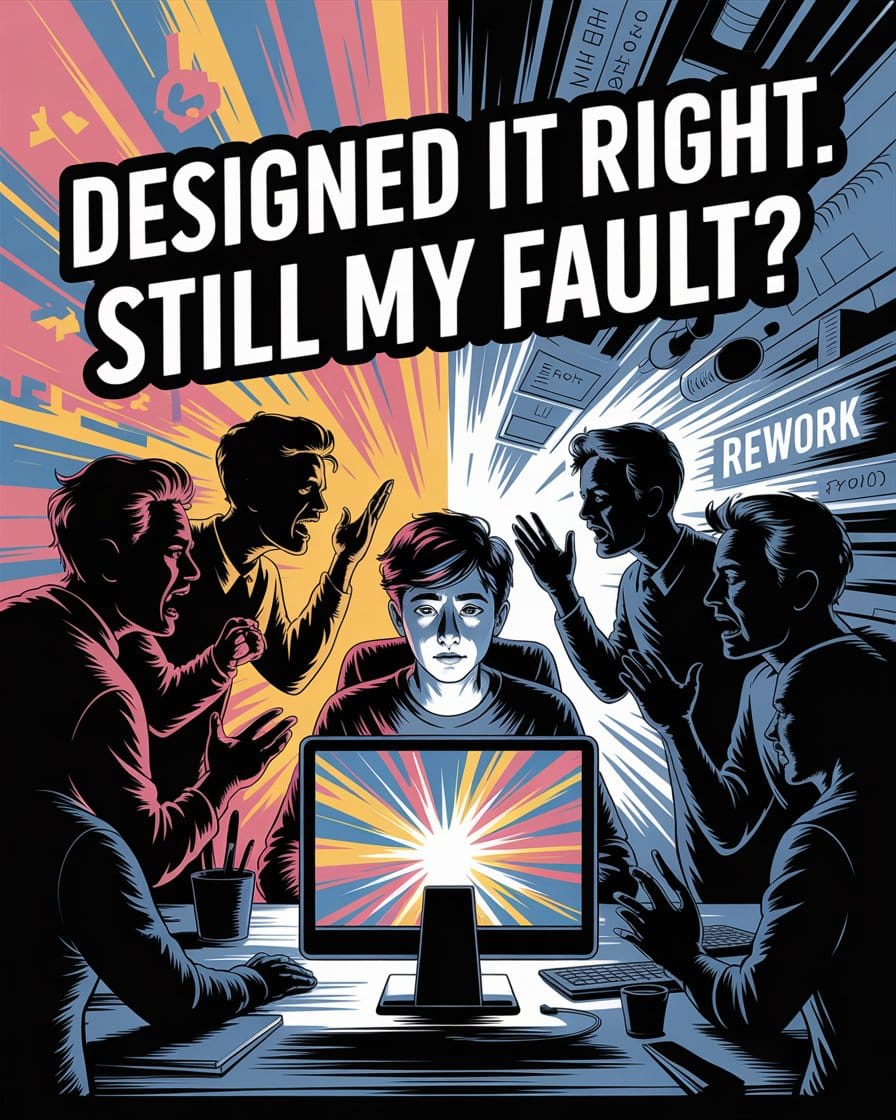Stupidity in the Field of New Technology and Education: A Double-Edged Sword

Introduction
In today's rapidly evolving digital age, technology plays a pivotal role in shaping the future of education. From AI-driven learning platforms to virtual classrooms, the integration of technology in education promises to revolutionize the way we learn and teach. However, the misuse or lack of understanding of these technologies can lead to significant pitfalls. This blog explores the dichotomy of technology in education – its potential to foster success and the risks of technological ignorance.
The Promise of Technology in Education
Enhancing Learning Experiences
Modern technology offers unprecedented opportunities to enhance the learning experience. Interactive platforms, such as Udemy and Coursera, provide personalized learning paths, making education accessible to millions globally. Augmented reality (AR) and virtual reality (VR) create immersive learning environments, making complex subjects like anatomy and history more engaging and comprehensible.
Bridging the Gap
Technology bridges the educational divide by providing resources to underprivileged communities. Online libraries, educational apps, and open-source materials democratize knowledge, allowing students from remote areas to access quality education.
Data-Driven Insights
Educational technologies equipped with AI and machine learning algorithms offer data-driven insights into student performance. These tools help educators identify struggling students and tailor interventions, fostering a more supportive and effective learning environment.
The Pitfalls of Technological Ignorance
Digital Illiteracy
Despite the advantages, a significant portion of the population remains digitally illiterate. According to a UNESCO report, around 4 billion people still do not have internet access. This digital divide exacerbates educational inequalities, leaving those without access or the skills to use technology at a severe disadvantage.
Over-reliance on Technology
An over-reliance on technology without proper understanding can be detrimental. For instance, students might become passive learners, relying heavily on technology to provide answers instead of developing critical thinking skills. Moreover, excessive screen time can lead to health issues such as eye strain and poor posture.
Cybersecurity Risks
The increasing integration of technology in education also opens doors to cybersecurity threats. Schools and universities are prime targets for cyber-attacks, risking sensitive student data. Educators and students need to be aware of basic cybersecurity practices to safeguard their information.
Balancing Technology and Education
Cultivating Digital Literacy
To harness the full potential of technology in education, it's crucial to cultivate digital literacy. This involves not just teaching students how to use technology, but also how to critically evaluate digital content, understand the ethics of technology use, and maintain cybersecurity.
Training Educators
Teachers and educators need continuous professional development to stay abreast of technological advancements. Training programs should focus on integrating technology into the curriculum effectively, ensuring that educators can use these tools to enhance rather than hinder the learning experience.
Encouraging Responsible Use
Promoting responsible use of technology is essential. Schools should implement guidelines to balance screen time and encourage activities that develop cognitive and social skills. Programs that teach students about digital citizenship can help them navigate the online world safely and responsibly.
Conclusion
Technology, when understood and utilized correctly, holds the promise of transforming education for the better. It can make learning more accessible, engaging, and efficient. However, without proper understanding and responsible use, it can lead to significant drawbacks. By focusing on digital literacy, training educators, and promoting responsible use, we can ensure that technology serves as a tool for success rather than a source of setbacks in the field of education.
Unique Insights
The Role of AI Tutors
One unique aspect of educational technology is the rise of AI tutors. These intelligent systems can provide personalized feedback, helping students learn at their own pace. However, it is essential to ensure that these systems are transparent and that students understand the AI's role as a supplement, not a replacement for human interaction.
Blockchain for Education
Blockchain technology is emerging as a revolutionary tool in education for verifying credentials and ensuring academic integrity. By securely recording academic achievements on a blockchain, we can prevent fraud and make the verification process more efficient.
Gamification
Gamification of learning can make education more engaging and fun. However, it's crucial to balance gamification elements to ensure they enhance learning rather than distract from it. Properly implemented, gamification can motivate students and improve retention rates.
By embracing these innovative technologies with a clear understanding and responsible approach, we can maximize their benefits and minimize the risks, paving the way for a more educated and technologically adept generation.



